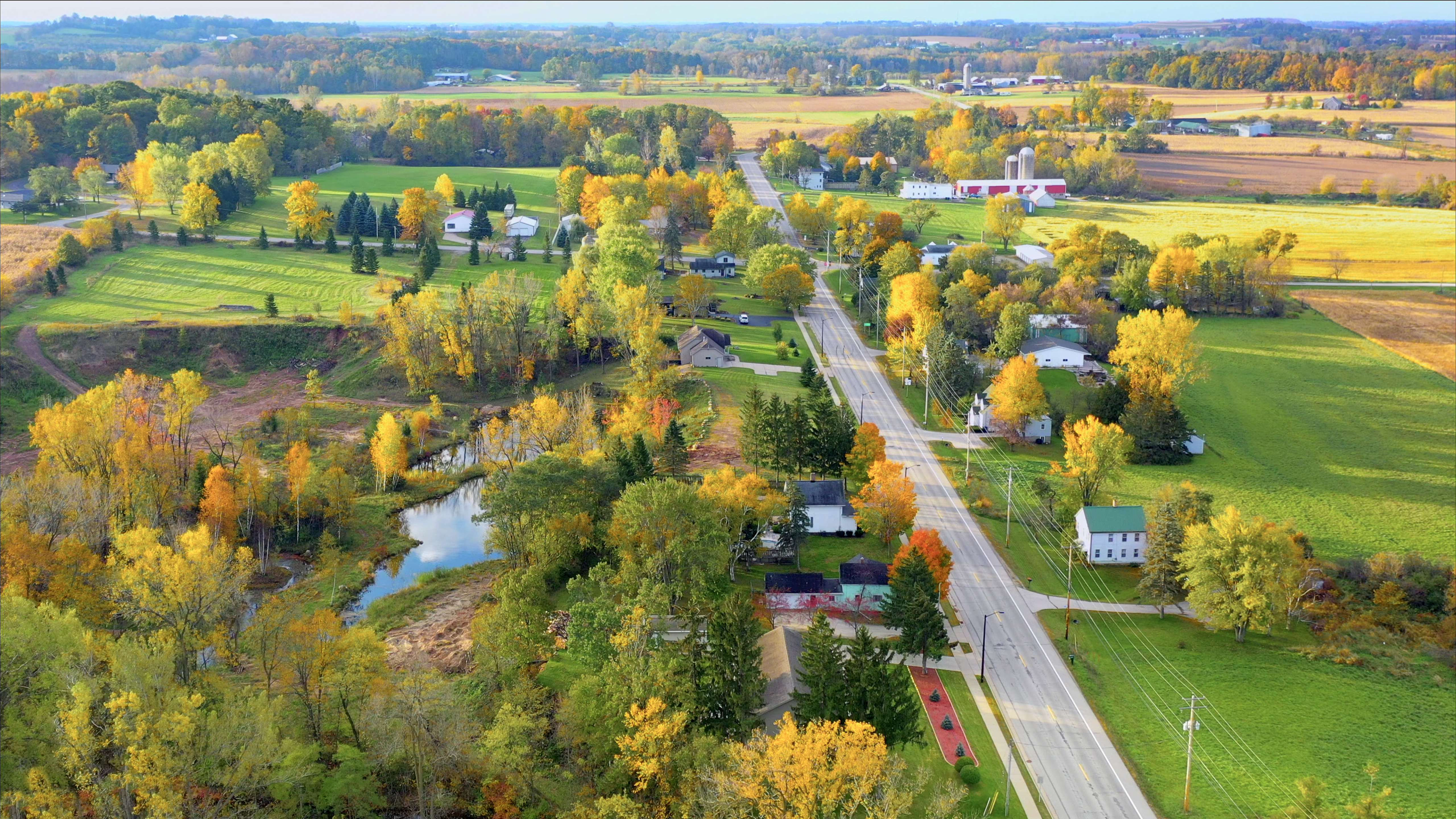Nearly 80% of cities surveyed are likely to partner regionally to maximize federal infrastructure grants.
WASHINGTON, D.C. — Today, the National League of Cities (NLC) announced the findings from a joint survey with Polco on local infrastructure projects. The survey indicates how local leaders from 153 cities, towns, and villages in 47 states are prioritizing a range of infrastructure projects. The results also revealed the majority of municipalities are interested in regional partnerships that will help them maximize federal funding.
Eight months after the Infrastructure Investment and Jobs Act, also known as the Bipartisan Infrastructure Law, was signed into law, local governments are planning to use direct federal funds for infrastructure to rebuild and recover. The local governments surveyed plan to invest federal funding in the following areas:
- Roads, Bridges and Major Projects (82%)
- Water (60%)
- Road Safety (56%)
- Broadband (36%)
- Resilience (27%)
- Clean Energy and Power (27%)
- Public Transportation (26%)
- Electric Vehicles, Buses, and Ferries (26%)
- Environmental Remediation (24%)
- Airports (13%)
- Ports and Waterways (9%)
- Passenger and Freight Rail (7%)
“These once-in-a-lifetime investments from the Bipartisan Infrastructure Law allow communities across the country to tackle infrastructure upgrades and badly needed infrastructure projects to improve the lives of residents,” said NLC CEO and Executive Director Clarence E. Anthony. “From coast to coast, from the biggest cities to the smallest towns, local governments are leading the way in rebuilding and strengthening our nation’s infrastructure.”
Seventy-eight percent of the respondents actively seeking funds indicated they are very likely or somewhat likely to collaborate with neighboring cities or regional authorities to maximize dollars and benefits to their communities. Collaborating allows communities to go after larger and more ambitious projects that benefit residents across a region.
Federal funds from the Bipartisan Infrastructure Law are cost-shared with the local government granted the award. Local governments plan to use a variety of methods to match these federal investments. Forty-nine percent of local governments actively seeking funds indicated that they plan to use American Rescue Plan Act (ARPA) local recovery funds as a funding match. Local governments also plan to use special reserves (36%), state funds (34%) and municipal bonds (32%) to meet their federal match.
“There’s been a lot of discussion about the need for infrastructure improvements, but we wanted to know who needed resources and for what types of projects. The infrastructure survey revealed that an overwhelming majority think road projects were the top priority across the country,” said Michelle Kobayashi, Senior Vice President of Innovation at Polco. “The survey gave us a clearer view of how local governments are planning to spend these funds to meet community needs.”
Examples of projects communities are taking on with these investments include:
Columbus, NE (pop. 24,028)
Project category: Transportation
The city of Columbus’ School & Pedestrian Crossing Study will help the city upgrade 15 to 20 pedestrian crossings on major roadways. The South Mobility Study will enhance pedestrian safety, mobility and better control traffic flow on the south side of the city.
City of Dahlonega, GA (pop. 7,004)
Project category: Water
Much of the city of Dahlonega’s underground infrastructure is over 85 years old and is overdue for upgrading. Some of the stormwater infrastructure is built of timbers or stacked stone. The city has already completed a major project in the historic town square, and now must address areas prone to flooding, ensure clean water by replacing ancient pipes, and manage wastewater effectively.
City of Jackson, MO (pop. 14,893)
Project category: Transportation
The city of Jackson needs to invest in bridges and a comprehensive transportation plan to: replace aging, narrow bridges to provide for additional traffic and improve their safety for the traveling public, build sidewalks and multi-use trails to provide safe pedestrian travel along collector and arterial streets, and build connector streets to provide shorter travel routes across the northeast part of city to relieve traffic load on the city’s central district.
Johnston, IA (pop. 24,064)
Project category: Water
The city of Johnston’s NW Annexation Area plan seeks to replace rural water service with municipal water and expand the sanitary sewer to cover this new area. This will also increase fire protection for the area.
Pueblo, CO (pop. 111,876)
Project category: Transportation
The Transit Expansion, Relocation and EV Transition project in the city of Pueblo will modernize the Pueblo Transit facility and strengthen its workforce through its expansion and relocation including land acquisition, architectural and engineering design, construction, the initial transition to a low- and no-emission fleet and training that will upskill transit workers, ensuring those who work on transit vehicles today are ready to do so in the future.
###
The National League of Cities (NLC) is the voice of America’s cities, towns and villages, representing more than 200 million people. NLC works to strengthen local leadership, influence federal policy and drive innovative solutions. Stay connected with NLC on Facebook, Twitter, LinkedIn and Instagram.
Polco brings the voice of everyday residents to government officials with award-winning community engagement services, online polls, and survey research. With Polco, leaders around the nation can make informed decisions for their cities with accurate and reliable community feedback. Learn more at info.polco.us.
